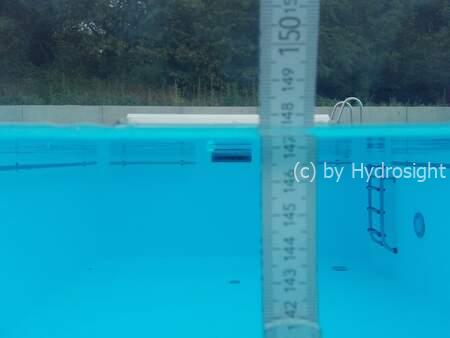
How thick is the Glazing?
Acrylic windows are subject to hydrostatic pressure and must be able to withstand the significant weight of the water column in tanks. In both public and private tanks, the safety of viewers and marine life is of vital importance. Therefore, the design engineer has to limit the tension in the material and the maximum deflection of the window to ensure that safety regulations are maintained.
The choice of acrylic panel thickness and the permissible water pressure are based on theoretical calculations and confirmed by practical tests. Our calculation of the required sheet thickness under hydrostatic pressure (according to Girkmann/Czerny) enables evaluation based on maximum material stress and maximum deflection.
The basis for this calculation is:
Elastic modulus = 3300 MPa
Poisson's ratio mb = 0.37
Safety stress permissible on the water side = 3 MPa
Safety stress permissible on the air side = 5 MPa
Detailed calculations by a structural engineer are required to precisely determine the actual material stress at a given location. The bonded joints require special certification. In this case, the maximum safety stress should be less than or equal to 3 MPa.
why bother? order at Hydrosight and let them do the calculus

typical deflection behaviour of an open top acrylic glazing, that is exposed to water pressure from one side. the sheet is fixed on three sides, but not on the top.

 Send me the new 2025 Hydrosight catalog
Send me the new 2025 Hydrosight catalog